Pulmonary Function Test
Table of Contents
What is pulmonary function tests?
- Pulmonary function tests (PFTs) are noninvasive tests that see how well the lungs are working.
- The tests count lung volume, capacity, rates of flow, & gas exchange.
- This information can assist your healthcare provider in diagnosing and deciding the treatment of some lung disorders.
- Pulmonary function tests (PFTs) are lung tests.
- They look at how well your lungs work.
- They are noninvasive, which means that the doctor does not cut you or put any tools inside your body.
There are two various types of disorders that cause problems with air moving in and out of the lungs:
Obstructive: This is when air has a problem flowing out of the lungs due to airway resistance. This causes less flow of air.
Restrictive: This is when the lung tissue and/or chest muscles can not expand enough. This creates problems with airflow, mostly cause to lower lung volumes.
Pulmonary function tests(PFTs) can be done with 2 methods. These two methods may be used together and perform various tests, depending on the information that your healthcare provider is looking for:
Spirometry: A spirometer is a device with a mouthpiece hooked up to a little electronic machine.
Plethysmography: You sit or stand inside an air-tight box that seems like a short, square telephone booth to do the tests.
Why Are Pulmonary Function Tests (PFT) Done?
Testing your lungs can assist doctors to diagnose lung diseases such as:
- Asthma
- Allergies
- Chronic bronchitis
- Chronic obstructive pulmonary disease (COPD)
- Damaged or scarred lung tissue,
- Disease caused by breathing in asbestos fibers
- Sarcoidosis is a collection of inflammatory cells around organs
- Lung cancer
- Infections
- Thickened, stretched, or enlarged airways
- Thickening or hardening of your connective tissues (scleroderma)
- Weakness of the muscle in the wall of the chest.
You require a diagnosis to get the right treatment.
Pulmonary function test (PFT) measures:
- Tidal volume (VT). This is the amount of air inhaled or exhaled during normal breathing.
- Minute volume (MV). This is the total amount of air exhaled per minute.
- Vital capacity (VC). This is the total volume of air that can be exhaled after inhaling as much as you can.
- Functional residual capacity (FRC). This is the amount of air left in the lungs after exhaling normally.
- Residual volume. This is the amount of air left in the lungs after exhaling as much as you can.
- Total lung capacity. This is the total volume of the lungs when filled with as much air as possible.
- Forced vital capacity (FVC). This is the amount of air exhaled forcefully and quickly after inhaling as much as you can.
- Forced expiratory volume (FEV). This is the amount of air that expired during the first, second, and third seconds of the FVC test.
- Forced expiratory flow (FEF). This is the average rate of flow during the middle half of the FVC test.
- Peak expiratory flow rate (PEFR). This is the fastest rate at that you can force air out of your lungs.
- Normal values for pulmonary function tests (PFTs) vary from person to person.
- The amount of air inhaled and exhaled in your test results is compared to the average for someone of the alike age, height, sex, and race.
- Results are too compared to any of your previous test results.
- If you have abnormal pulmonary function test (PFTs) measurements or if your results have changed, you may need other tests.
Pulmonary Function Tests(PFTs) normal values
| Pulmonary function test | Normal value (95 percent confidence interval) |
| FEV1 | 80% to 120% |
| FVC | 80% to 120% |
| Absolute FEV1 /FVC ratio | Within 5% of the predicted ratio |
| TLC | 80% to 120% |
| FRC | 75% to 120% |
| RV | 75% to 120% |
| DLCO(diffusing capacity of the lung for carbon monoxide.) | > 60% to < 120% |
What are the indications of Pulmonary Function Tests (PFTs)?
- Indications.
- Chronic dyspnea.
- Asthma.
- Chronic obstructive pulmonary disease.
- Upper airway obstruction.
- Restrictive ventilatory defect.
- Pulmonary vascular disease.
- Preoperative testing.
Why might I need pulmonary function tests (PFT)?
There are many various reasons why pulmonary function tests (PFTs) may be done. They are sometimes done in healthy people as part of a routine physical. They are also routinely done in some types of work environments to ensure employee health (such as graphite factories and coal mines). Or you may have pulmonary function tests (PFTs) if your healthcare provider needs help to diagnose you with a health problem such as:
- Allergies,
- Respiratory infections,
- Trouble breathing from injury to the chest or recent surgery,
- Chronic lung conditions, such as asthma, bronchiectasis, emphysema, or chronic bronchitis,
- Asbestosis is a lung disease caused by inhaling asbestos fibers,
- Restrictive airway problems from scoliosis, tumors, inflammation or scarring of the lungs,
- Sarcoidosis is a disease that causes lumps of inflammatory cells around organs, such as the liver, lungs, and spleen,
- Scleroderma is a disease that causes the thickening and hardening of connective tissue.
- Pulmonary function tests(PFTs) may be used to check lung function before surgery or other procedures in patients who have lung or heart problems, who are smokers, or who have other health conditions.
- Another use of pulmonary function tests(PFTs) is to assess treatment for asthma, emphysema, and other chronic lung problems.
- Your healthcare provider may also have other reasons to advise pulmonary function tests(PFTs).
How to Prepare for Pulmonary Function Tests (PFT)?
- Your doctor will clarify the test and what you can expect.
- Ask them any questions you may have.
- They may too tell you to wear loose clothing and comfortable shoes.
For the best results:
- Take your medications previous your test unless your doctor tells you not to.
- Do not smoke previous the test; ask your doctor how long before the test you should stop.
- If you use a short-acting inhaler, try not to use it for six to 8 hours before the test.
- If you have to use it, let your doctor know previous the test.
- Do not drink alcohol at least 4 hours previous to the test.
- Do not eat a large meal at least 2 hours before the test.
- Do not do any hard exercises at least 30 minutes before the test.
Pulmonary Function Test (PFT) Results
- Most tests take fifteen to 30 minutes.
- You may be tired afterward.
- Your medical team will allow you time to rest.
- Then, you can go return to your normal activities.
Some things can affect how accurate your results are.
They include:
- How well do you follow the medical team’s directions
- Medicines that affect your airways
- Pain medicines
- Pregnancy
- Stomach bloating
- Severe fatigue
- “Normal” effects are based on your age, height, and sex
- A result that is not normal may mean you have a lung problem
- Your doctor will talk with you about what your effects mean and the next steps to take
What are the risks of pulmonary function tests (PFT)?
Because pulmonary function testing is not an invasive procedure, it is safe and quick for most people. Yet the person must be able to follow clear, simple directions.
All procedures have certain risks. The risks of this procedure may involve:
- Dizziness during the tests,
- Feeling short of breath,
- Coughing,
- Asthma attack brought on by deep inhalation.
In some cases, a person should not have pulmonary function tests (PFTs). Reasons for this can include:
- Recent eye surgery, because of increased pressure inside the eyes during the procedure,
- Recent belly or chest surgery,
- Chest pain, recent heart attack, or an unstable heart condition,
- A bulging blood vessel (aneurysm) in the chest, belly, or brain,
- Active tuberculosis (TB) or respiratory infection, such as a cold or the flu.
Your risks may differ depending on your general health and other factors. Ask your healthcare provider which risks apply most to you. Talk with him or her about any concerns you have.
Certain things can make pulmonary function tests (PFTs) less accurate. These include:
- The degree of patient cooperation and effort
- Use of medicines that open the airways (bronchodilators)
- Use of pain medicines
- Pregnancy
- Stomach bloating that affects the ability to take deep breaths
- Extreme tiredness or other conditions that affect a person’s ability to do the tests (such as a head cold).
What are the side effects of Pulmonary Function Tests (PFTs)?
- Dizziness during the tests.
- Feeling short of breath.
- Coughing.
- Asthma attack brought on by deep inhalation
How do I get ready for pulmonary function tests (PFT)?
Your healthcare provider will explain the procedure to you. Ask him or her any questions you have. You may be asked to sign a consent form that gives permission to do the procedure. Read the form carefully. Ask questions if anything is not clear.
Tell your healthcare provider if you take any medicines. This involves prescriptions, over-the-counter medicines, vitamins, and herbal supplements.
Make sure to:
- Stop taking certain medicines before the procedure, if instructed by your healthcare provider,
- Stop smoking before the test, if instructed by your healthcare provider. Ask your provider how many hours before the test you should stop smoking
- Not eat a heavy meal before the test, if instructed by your healthcare provider
- Follow any other instructions your healthcare provider gives you.
- Do not eat a heavy meal previous to the test.
- Avoid food or drinks with caffeine.
- Do not smoke or do heavy exercise for six hours before the test.
- Wear a loose dress and comfortable clothing.
- If you wear dentures, you will need to wear them during the test. They can assist you to form a tight seal around the mouthpiece.
Your height and weight will be recorded before the test. This is done so that your results can be accurately calculated.
What happens during pulmonary function tests (PFT)?
You may have your procedure as an outpatient. This means you go home the same day. Or it may be done as part of a longer stay in the hospital. The way the procedure is done may vary. It depends on your condition and your healthcare provider’s methods. In most cases, the procedure will follow this process:
- You will be asked to loosen tight clothing, jewelry, or other things that may cause a problem with the procedure.
- If you wear dentures, you will require to wear them during the procedure.
- You will need to empty your bladder before the procedure.
- You will sit in a chair. A soft clip will be put on your nose. This is so all of your breathing is done through your mouth, not your nose.
- You will be given a sterile mouthpiece that is attached to a spirometer.
- You will form a tight seal over the mouthpiece with your mouth. You’ll be instructed to inhale and exhale in different ways.
- You will be looked at carefully during the procedure for dizziness, trouble breathing, or other problems.
- You may be given a bronchodilator after some tests. The tests will then be repeated several minutes later after the bronchodilator has taken effect.
For a spirometry test:
- You will sit in a chair and a slushy clip will be put on your nose.
- This is done so you will breathe through your mouth, rather than your nose.
- You will be given a mouthpiece that is attached to a machine called a spirometer.
- You will place your lips tightly around the mouthpiece, and breathe in and out as instructed by your provider.
- The spirometer will count the amount and rate of airflow over a period of time.
For a lung volume (body plethysmography) test:
- You will sit in a clear, airtight room that looks like a telephone booth.
- As with a spirometry test, you will wear a nose clip and place your lips around a mouthpiece connected to a machine.
- You will breathe in and breathe out as instructed by your provider.
- The pressure changes inside the room assist measure lung volume.
For a gas diffusion test:
- You will wear a mouthpiece connected to a machine.
- You will be asked to inhale (breathe in) a very little, nondangerous amount of carbon monoxide or other types of gas.
- Measurements will either be grasped as you breathe in or as you breathe out.
- The test can look at how effective your lungs are in moving gases to your bloodstream.
For an exercise test, you will:
- Ride a stationary bike or stroll on a treadmill.
- You will be attached to monitors and machines that will measure blood oxygen, blood pressure, and heartbeat.
- These assists show how well your lungs perform during exercise.
What happens after pulmonary function tests (PFT)?
If you have a history of lung or breathing problems, you may be more tired than the tests. You will be given a chance to rest afterward. Your healthcare provider will talk with you about your test results.
FAQs
What do they do during a pulmonary function test?
You will be given a sterile mouthpiece that is attached to a spirometer.
You will form a tight seal over the mouthpiece with your mouth.
You will be instructed to inhale and exhale in different ways.
You’ll be watched carefully during the procedure for dizziness, trouble breathing, or other problems.What are the three 3 categories of pulmonary function testing?
If you are having trouble breathing, or a certain type of chronic respiratory illness, your doctor might order pulmonary function tests to find out how well your lungs are working.
These might involve spirometry, lung volume testing, and a six-minute walk test.What is a pulmonary function test and how long does it take?
You’ll be asked to empty your lungs by gently breathing out as much air as you can.
Then you will breathe in a quick (but deep breath), hold your breath for ten seconds, and then breathe out as instructed.
You’ll do the test several times.
It commonly takes about 30 minutes to complete this test.What should you not do before a pulmonary function test?
Pulmonary Function Tests: What to Expect
You may require to stop taking some before testing.
Do not eat, smoke, or exercise for 4-8 hours previous to testing.Is a pulmonary function test painful?
These tests are not painful.
They are performed by a pulmonary function technician, who will need you to use maximal effort to blow out and breathe in air.
The tests are repeated several times to make sure the results are accurate.


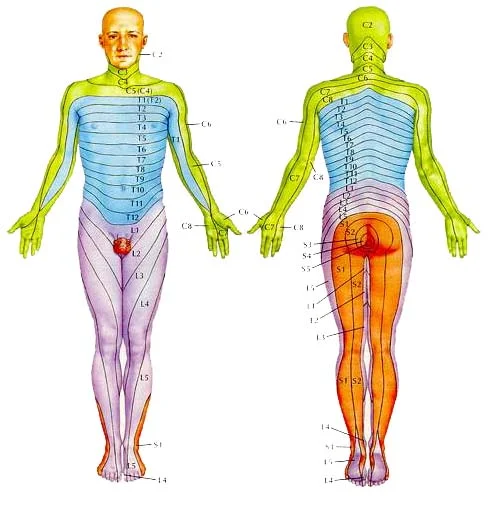
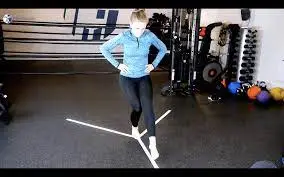
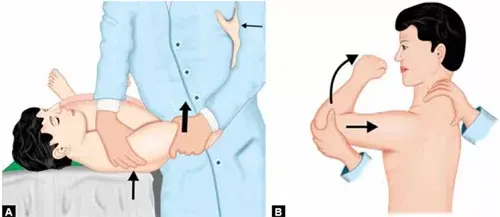
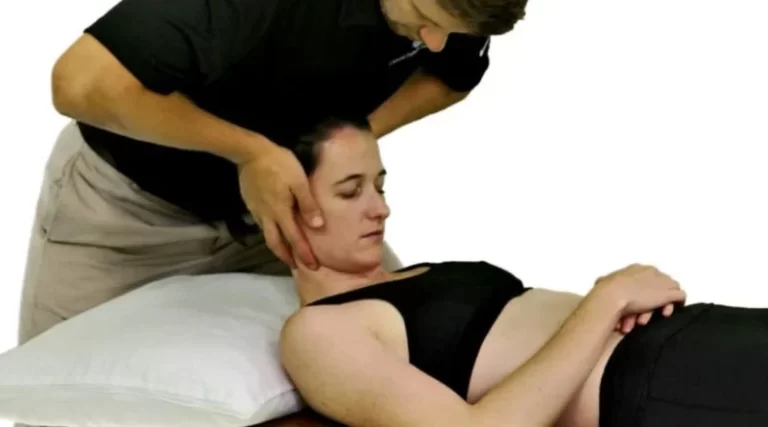
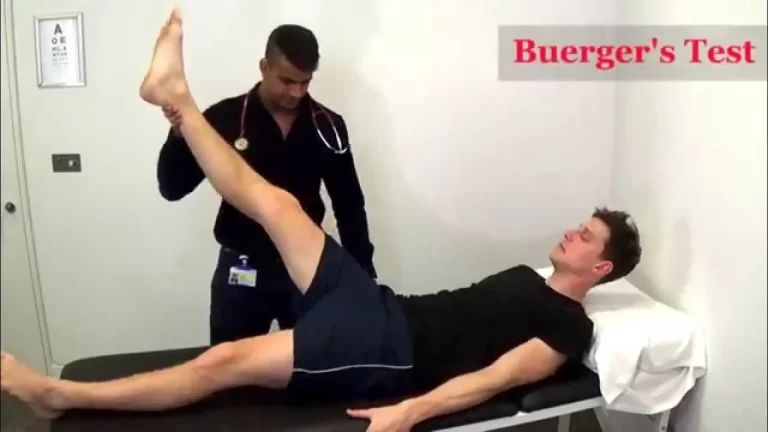

One Comment